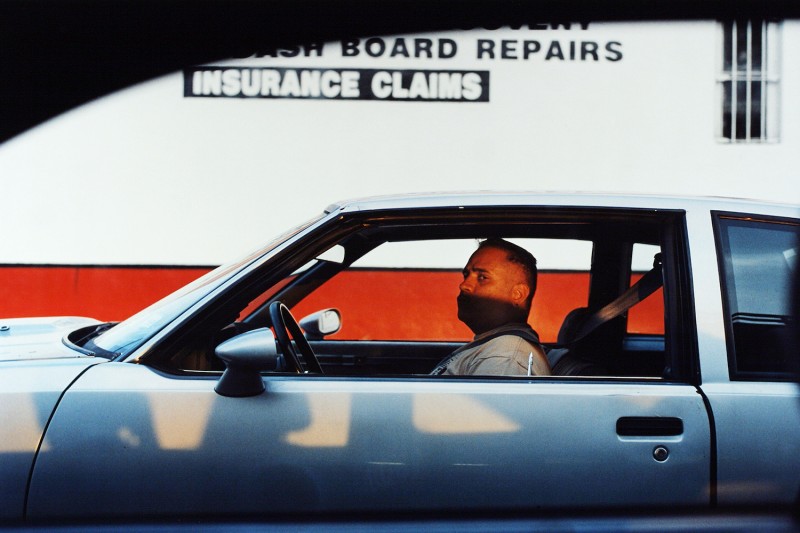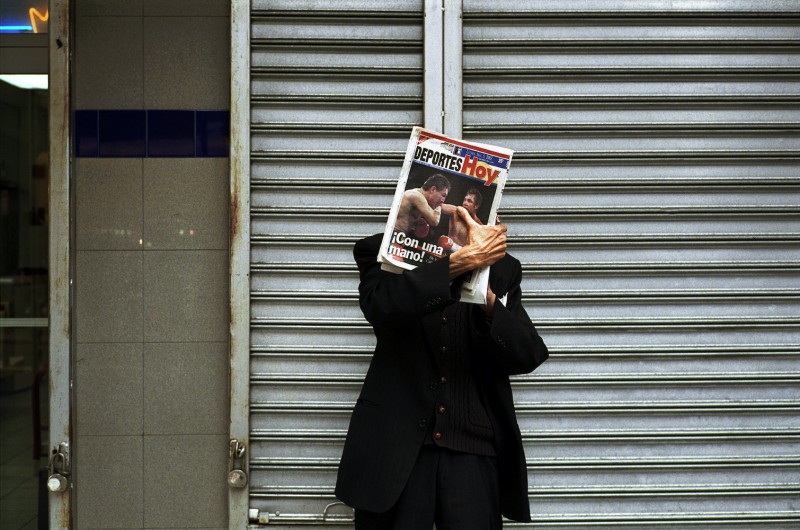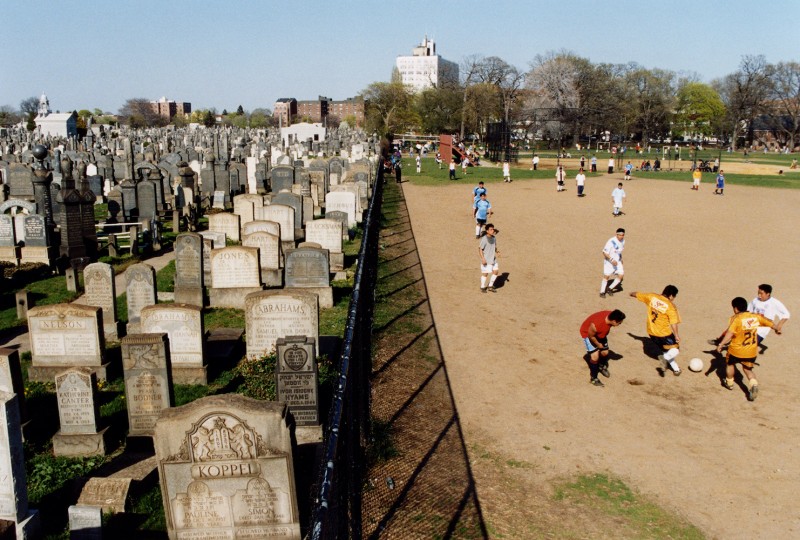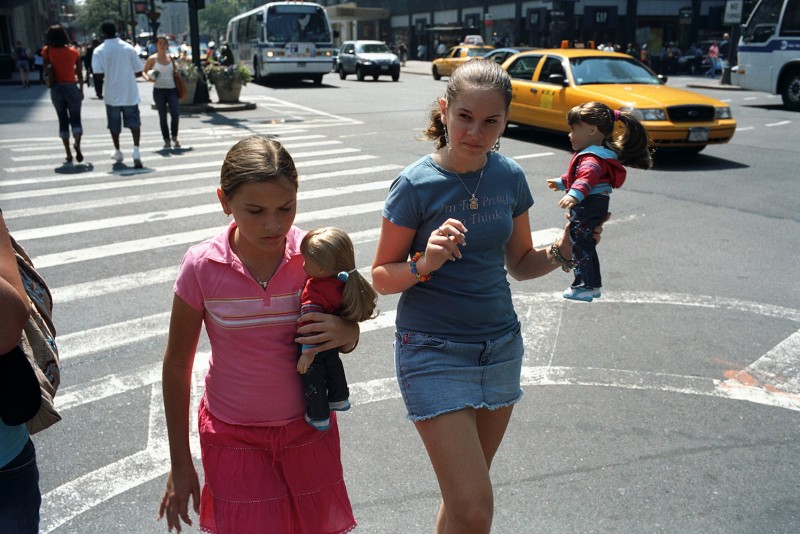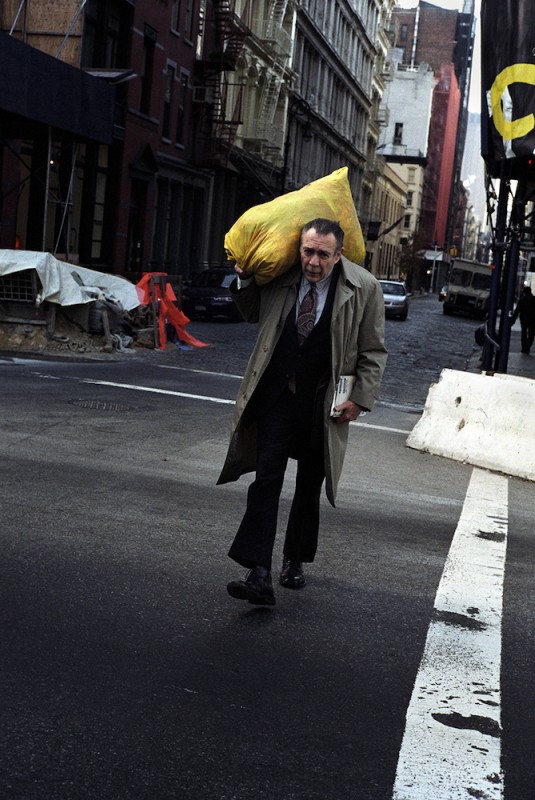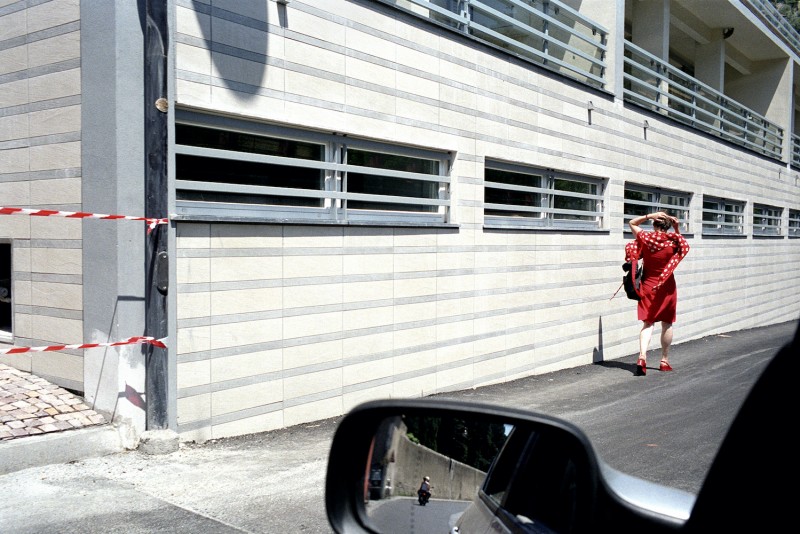In a Stark Light
In a Stark Light
Serge J.-F. Levy
March 23, 2021

LFI: How did you get into the world of photography?
Serge J.-F. Levy: I have always been a sensitive person. And while I didn’t know it at the time, as a child I was using my love of carpentry and drawing as a creative way of connecting my emotional world to a tangible realization. But as a self-taught photographer, for the first several years I hadn’t quite discovered that a photograph could be a form of expression versus a form of documentation. And during those early years of working for newspapers and the Associated Press, most of my work felt like it was in service of transforming literal events into a formally pleasing rectangle of photographic information.
In the late 90s I was experiencing a certain frustration with my life as a strict news photographer, and I started to create bodies of work that revolved around certain themes and focussed my efforts toward long term projects and magazine work. Eventually, I came to understand that I was living vicariously through the subjects of my photographs—or at the very least identifying with or desiring some aspect of what they were presenting. So, photography became a way to create a visual record of what I was experiencing internally.
What role does Leica photography play?
Leica cameras and lenses are deeply entwined with the history of street and documentary photography. And there’s no question that using a Leica was one way I was placing myself into that history.
My father—an engineer and physicist by training—had a remarkable eye for detail. For many years I wanted to live up to his discerning standards. I remember he often would evaluate the success of my photographs based on how sharp/in focus the image was. And while I continue to see this as a dubious measure of a photograph’s quality, it was the attention to precision that grew on me most.
Leica is the hallmark of precision. And so it was an obvious choice to outfit myself with that equipment. I was also fortunate to receive a substantial creative grant from my alma mater Vassar College, that allowed me to make the purchase of my first M6 TTL body and a range of prime lenses.
Could you tell us about your photographic approach when roaming the city?
Since my workflow has become very intuitive, it’s very difficult to define the intricacies of a process that is happening in a fraction of a second. But I can tell you that it all starts with a feeling—often something uncomfortable, threatening, perplexing, or tense. Even in the case of the delightful girl with a balloon in the pink dress: I have always been struck by the tension between the innocence of her presence and the surrounding darkness.
Beyond responding to a feeling, I don’t really have a formal approach. I rarely decide that I am going to go somewhere to make a specific photo or to seek a specific location. Instead, most of these images were made during my daily commute. That being said, I notice that I often walk on the sunny side of the street, almost always know the correct light readings for any situation, and that I remain as open as possible.
What are the biggest influences on your photography?
I grew up in New York City and lived there for the first 39 years of my life. I witnessed violence, tried to understand inequality and injustice, and internalized these pains. I have a desire to share what the world looks like when filtered through the lens of those feelings and thoughts.
Ultimately, I don’t feel the struggles I have endured are unique; but perhaps some aspect of how I see a world we all share will connect with someone else’s experience. I also don’t believe that this hardship is a necessary foundation for effective art or photography. But the experience of making a successful connection to my audience through my work is an invaluable process that brings me joy.
Serge J.-F. Levy+-
Serge J.-F. Levy earned his Master's degree in photography from the University of Arizona. His photography has been exhibited in solo and group exhibitions in Berlin, New York, Tokyo and many other places, and has appeared in prestigious magazines such as the New York Times Magazine, Life, Marie Claire, and Stern. He has also taught at the International Center of Photography (NYC), the University of Arizona, Tohono O'odham Community College and Pima Community College. He currently lives in Tucson, Arizona (USA) and spends much of his time doing street photography in the wilderness of the desert. More

